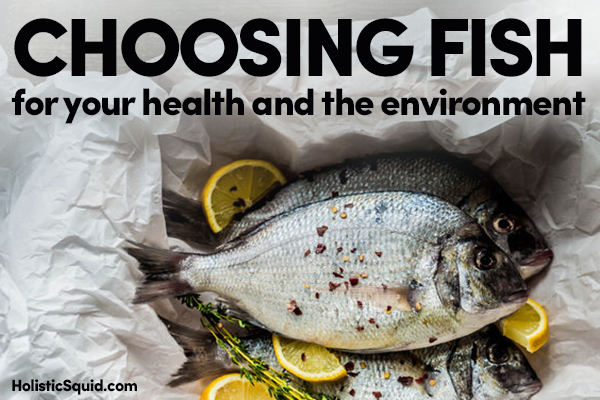
Fish are great sources of high-quality protein, omega-3 fatty acids and other nutrients. But unfortunately in our modern world, there are two downsides to consider when you're choosing fish to serve your family: possible mercury and PCB contamination, and the environmental impact of consuming certain fish.
Mercury contamination in fish
Today almost all fish and shellfish available for consumption contain traces of mercury. The source of the mercury is industrial pollution that's released into the air, then falls and accumulates in water areas. There it turns into methyl mercury where it's absorbed by fish and absorbed by our bodies when we eat contaminated fish.
Methyl mercury in fish is associated with a variety of health problems, and it can be especially dangerous for children and pregnant women.
Mercury can damage the developing nervous systems of young children and unborn fetuses, and exposure to even moderate levels of mercury in the womb is associated with brain damage. Research has also linked mercury consumption with miscarriage and infertility in both men and women.
Fish from certain areas and certain species of fish are known to contain higher levels of methyl mercury, and large fish that have lived longer are likely to contain the highest levels.
Avoid or restrict consumption of large fish such as:
- Swordfish and Shark – Women and kids under 12 should not consume shark, and men should consume it only once a month at most.
- King Mackerel – Women and children under 12 should not consumer King Mackerel, and men should restrict consumption to one HALF a serving per month.
- Tile Fish – Kids under age 6 should eat only 2 meals per month, kids 6-12 should consume no more than 3 meals per month, and men should eat no more than 4 meals per month.
Popular fish and shellfish that are low in mercury contamination include:
- Shrimp– Farmed shrimp from the U.S. are a healthy, eco-friendly seafood option.
- Canned light tuna– The skipjack tuna is resilient to fishing pressures and contains only moderate levels of mercury.
- Salmon– Wild Alaskan Salmon, canned salmon and farmed Arctic Char are the healthiest, most eco-friendly salmon options.
- Pollock – Choose Pacific Pollock over Atlantic Pollock, as Pacific populations are the healthiest.
- Catfish– Farmed U.S. Catfish are healthy as well as eco-friendly.
PCB contamination in fish
PCB, or polychlorinated biphenyls, are highly toxic industrial compounds that accumulate in sediments at the bottoms of streams, rivers, lakes and coastal areas.
These chemicals can build up in the fatty tissues of fish and other animals. PCBs pose serious health risks (especially for fetuses, babies and children) who may suffer developmental and neurological problems from prolonged or repeated exposure to small amounts of PCBs.
PCBs build up in fish and animal fat, so a few guidelines when cooking can help reduce your exposure:
- Before cooking, remove parts where toxins are likely to accumulate: the skin, fat (found along the back, sides and belly), internal organs, tomalley of lobster and the mustard of crabs.
- When cooking, be sure to let the fat drain away and don't eat fish drippings.
- Eat less fried fish, since frying seals in any chemical pollutants in the fish's fat. Stick to grilling and broiling which allows fat to drain away.
- For smoked fish, it is best if the fish is filleted and skin removed before it is smoked.
How to choose eco-friendly fish
The negative health effects of consuming mercury aren't the only issue to consider when choosing fish.
In the last fifty years, around 90% of marlin, swordfish and sharks have been fished out in commercial fishing. The catch size of popular fish such as cod, halibut, tuna and flounder are shrinking, as well.
Not only are fish threatened by over fishing, but marine mammals, sea birds and non-commercially viable fish are over exploited, too. These marine creatures are killed and discarded as by-catch. Entire ecosystems are under threat today, and when just one ecosystem fails, all of the world's marine habitats may be threatened.
Fortunately, changes in fisheries and management practices are improving things for the better in many parts of the world today.
As consumers, we can support these efforts by taking an eco-conscious approach to purchasing fish and shellfish as well as choosing fish that rate low in mercury contamination.
Selecting “green” seafood takes a bit of effort, but protecting our planet's natural resources is well worth the work. In some cases, farmed fish are the most eco-friendly option, while in other cases wild seafood is the better choice. How eco-friendly a species of fish is may also depend on where it's caught.
Best fish for both environmental impact and health benefits
Farmed Arctic Char – (Closely related to salmon and trout) Special onshore farming methods are more environmentally friendly than open net-pen farming methods. Farmed Arctic Char are high in omega-3s and have low contaminant levels
Sable fish from Alaska or Canada– Bottom long-line fishing methods minimize by-catch, and Sable fish populations are maintained healthy through quota management.
Wild Alaskan Salmon – Low in contaminants and fishing stocks and methods are well managed for low environmental impact.
Farmed Rainbow Trout – High in Omega-3s, plus stringent government regulations and good industry practices keep environmental impact at a minimum.
Eco-worst fish that also rate high in terms of health risks
Chilean Sea Bass – Populations are threatened due to overfishing; fishing methods harm sea birds, and this fish is high in mercury contamination.
Grouper – Several grouper species have been depleted due to overfishing, plus this fish contains elevated levels of mercury.
Farmed Atlantic Salmon – Fish are often farmed in densely stocked net-pens that pollute waters with waste and chemicals. Elevated PCB levels are another concern.
Imported Swordfish – Long-line fishing methods produce a high by-catch of sea turtles, sharks, sea birds and other marine life, plus mercury levels are elevated.
Blue Fin Tuna– Populations have been seriously depleted, plus this fish contains elevated levels of both mercury and PCBs.
Shark – Severe depletion of many shark species and elevated mercury levels make shark consumption a poor choice due to health risks and environmental impact.
I recommend downloading (and carrying with you!) a handy pocket guide for choosing fish. If you have a smart phone, you can get an easy-to-use app. This will prevent you from being bewildered at the fish counter or your favorite sushi or seafood restaurant the next time your faced with choosing fish. If you catch your own fish, be sure to check local advisories about mercury contamination and other potential toxins.
With a bit knowledge and effort, we can choose and consume fish that provide low-risk health benefits while protecting the health of our planet too.



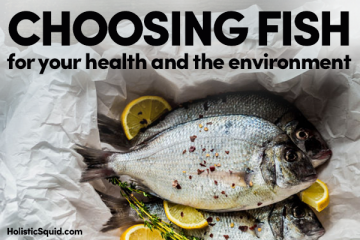
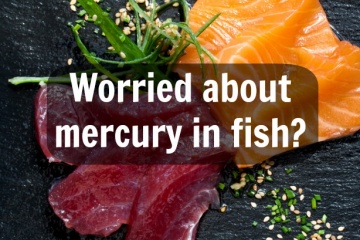




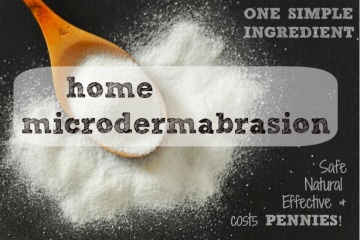
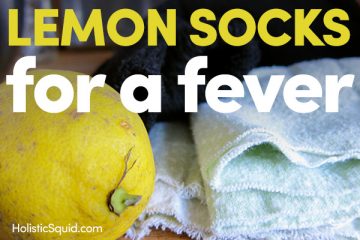
I have been taking a vitamin D3 supplement by Solgar. The vitamin D3 is from cholecalciferol and fish liver oil (cod, haddock, & pollock). I know Cod Liver Oil is what you recommend in the winter, but are the other two, haddock & pollock, still good for you?
Thank you so much! I absolutely love your site & information.